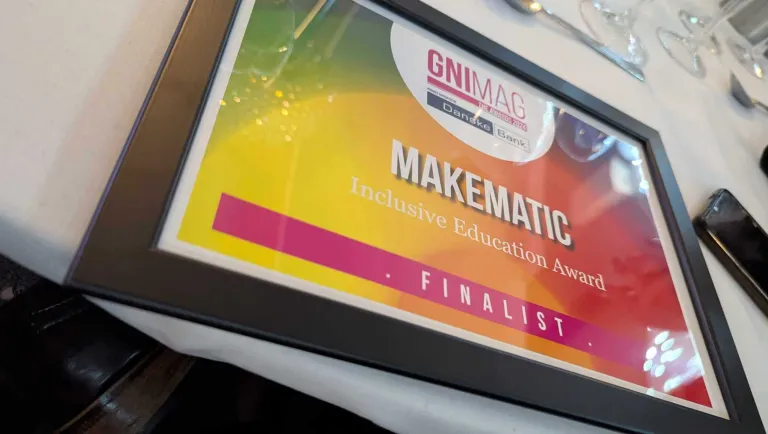
4 Tips on How to Communicate Effectively Online
If the pandemic has shown us anything, it's our innate ability to adapt during trying circumstances. The transition from an established, work setting such as school to your own home, does however impact numerous qualities that we have grown accustomed to; such as Communication.
As human beings, we rely on social, visual cues (e.g. body language) to gauge and adjust our tone and manner during a conversation, this is particularly true when communicating with children, who are continuing to expand their conversational ability. Alongside the added obstacles of conversing through limited mediums such as e-mail, phone and video-conferencing services, it becomes more important than ever to provide clear, concise information at all times. Here are 4 of our best tips for communicating with peers and students online:
Prioritise Face-to-Face Interaction
Meeting peers and students face-to-face, even if through online means e.g. Zoom should always be the priority, whenever suitable. Forbes made a great article delving further on why this is the case, particularly within the technology industry, that we'd highly recommend.
Expanding our intro further, miscommunications can stem from a lack of ability to perceive visual cues from the recipient. Facial expressions, body language, and eye contact are essential ways we can communicate effectively with one another. However, not all situations can allow face-to-face meetings, therefore the tips below will help alleviate potential risks to communicate via. textual or audio-only means online.
Double Check Before Sending
Emotions affect us all differently and noticing the effect they can have on our communications is a necessary trait we should look out for and adjust before pressing that 'Send' button. Sensitive information e.g. feedback can harbor an emotional reaction, particularly if the referring issue has affected you. After compiling your draft, it's time to take a small break before going onto the next stage.
After taking a small break to neutralise any emotions still in play, have a re-read through your message. Consider whether your tone could be perceived as confrontational. This also provides a great opportunity to check grammar and typos also, and for Educators, this is a must! We highly recommend Grammarly, particularly due to its ability to not just correct typos but to analyse the tone that your message is portraying. These safety mechanisms can help immensely in keeping professional relationships with peers and students open while allowing feedback and critiques to be more readily received and taken at face value.
Check out this video from our 4Cs series that delves further on this exact point and many more related in nature. Check out the full series for free in the Makematic VOD!
Apply an Emotional Sandwich
When it comes to providing or reading criticism, we all can become tense at how the other person will react to the feedback. Constructive criticism shouldn't be frowned upon giving, however, it does require additional delicateness when composing a suitable way to provide such information. This is where the Emotional Sandwich comes into play.
Emotional sandwiches are communication strategies that many think just involve providing compliments interspersed with critiques, however, as the link attached shows, it provides safety checks for ourselves too, which can greatly improve the quality of the feedback you're about to send. Emotional sandwiches can apply through all communication mediums from in-person, to text or audio-only, and as the article states, it's a great opportunity to empower and transform your professional relationships at work.
Gain A Second Opinion
We all perceive information differently, it's part of the human psyche. If you feel your message could be misinterpreted, why not ask for a second pair of eyes prior to sending?
If a dress can be seen as two, different sets of colours, then a message could be interpreted in a positive or negative manner. It's all about perception and context and being open to allow a peer to provide an unbiased opinion on your message's tone and intent can become incredible feedback, even for your own social skills and professional development.
We hope you have found this blog helpful and hope the tips provided help towards your own, social and professional growth in your career. If you found this blog helpful, why not check out our blog on Procrastination: How To Avoid the Buzzkill of Creativity and Working From Home: How To Protect Your Mental and Physical Health.
Let's Work together


Makematic Finalists in Inclusive Education Award

